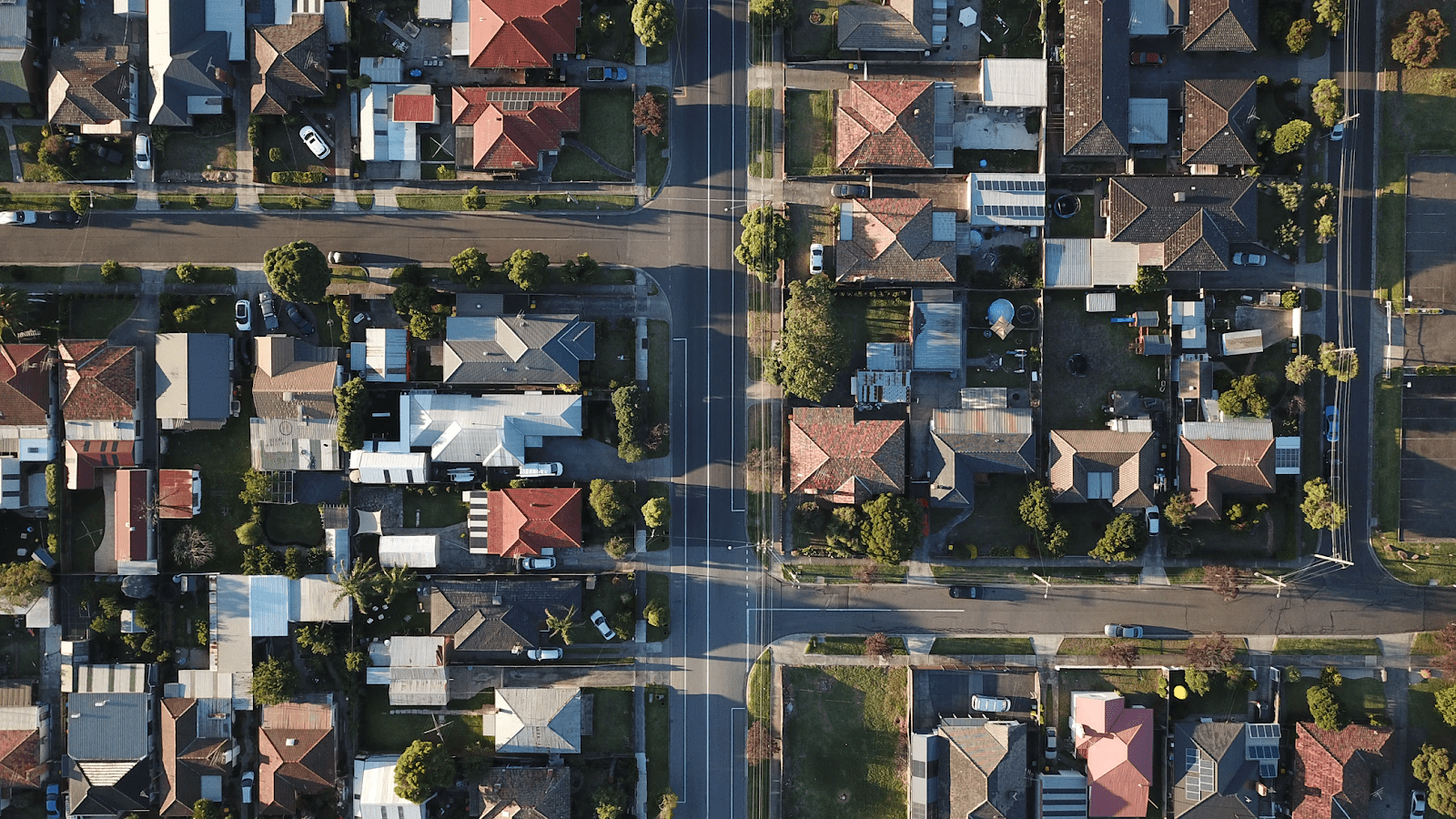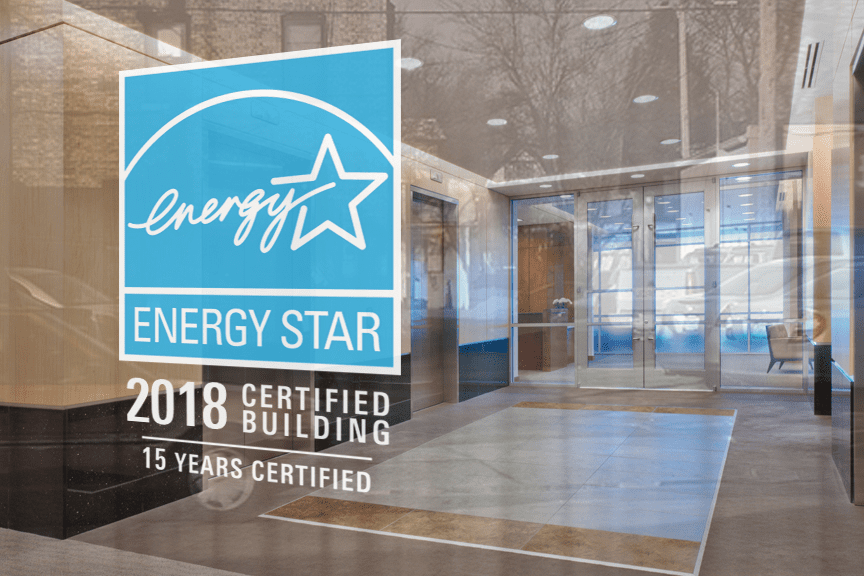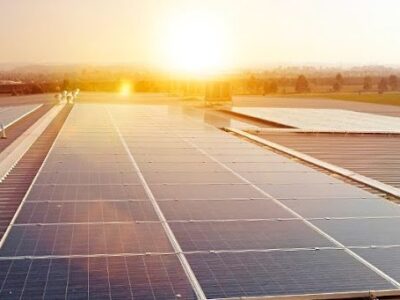
We’ve all seen the light blue Energy Star symbol on home appliances alerting us to the energy-saving benefits, but did you know that the program behind the sticker allows you to have your new house or condo certified too? By building your new home to be Energy Star certified, you can protect the environment and save money from reduced energy costs while reaping the benefits of incentives like tax credits, depending on the state you live in.
To earn the Energy Star home certification, homebuyers must partner with a Home Energy Rater and meet the Environmental Protection Agency’s (EPA’s) strict energy efficiency requirements. A certified home will feature:
- Complete Thermal Enclosure System
- Complete Water Management System
- Complete Heating, Ventilation, and Cooling System
- Efficient Lighting and Appliances
- Independent Inspections and Testing
Prior to construction, “ENERGY STAR builder partners submit their home plans to a Home Energy Rater for review and analysis to determine the precise energy-efficient features to include in the home, Energy Star says in its Certified Home Features guide. Raters are specially trained and qualified in advanced, energy-efficient construction techniques to advise builders on how to select and install the most appropriate features for their ENERGY STAR certified homes. This means you get a home that is specially designed to operate efficiently in your region of the country.”
According to the guide, Home Energy Raters work with the program’s builder partners during construction to make sure that:
- The new home has energy-efficient features suitable to its climate region.
- Key construction specifications are confirmed at each building phase.
- The integral systems in the home function correctly to provide higher efficiency, strength, and comfort.
And there’s good reason to consider the certification. According to Energy Star, “certified homes are at least 10% more energy-efficient than homes built to code and achieve a 20% improvement on average while providing homeowners with better quality, performance, and comfort.”
The program cites the piece of mind, enduring quality, wall-to-wall comfort, and proven value associated with having homes built in accordance with its guidelines as the certification’s additional draws.
As of today, Energy Star says that it has 2,800 builders, developers, and manufactured housing plant partners, “including all of the nation’s 20 largest home builders.” There have been more than two million total Energy Star-certified homes built, nearly 100,000 of which were built in 2019.
More than 73,440 of the certified homes built in 2019 were single-family homes. According to the 2019 Energy Star Single-Family New Homes Map, Arizona, Maryland, and Washington, D.C., achieved the highest market share at 54 (18,224 homes), 44 (5,275 homes), and 33 percent (55 homes), respectively. Energy Star says that these homes helped remove 107,303 metric tons of carbon dioxide from the atmosphere – the equivalent of more than 23,200 cars – and helped save more than $20.3 million in utility bills.
The Energy Star program was created by the EPA in 1992 to provide consumers with information on energy consumption and efficiency. Its standardized measure of energy efficiency has made it easier for buyers to identify appliances that are more eco-friendly.
Since 1992, the program — alongside its partners — has helped reduce greenhouse gas emissions by more than 3.5 billion metric tons. That’s equal to the yearly emissions of over 750 million cars.
And, as the certified homes become more common, sales of the Energy Star certified appliances — and the savings they produce — continue to excel. In 2018, Americans purchased more than 300 million Energy Star certified products. Items like these helped save consumers a staggering $35 billion in energy costs that same year.
All of those certified appliances are linked to American jobs. Energy Star says that over 800,000 Americans are employed in manufacturing or installation positions involving its certified appliances, citing the U.S. Energy and Employment Report. These positions comprise more than 30 percent of the estimated 2.3 million energy efficiency jobs in the U.S. in 2019.
Additionally, “More than 800 utilities, state and local governments, and nonprofits leverage ENERGY STAR in their efficiency programs, reaching roughly 95% of households in all 50 states,” according to Energy Star.





